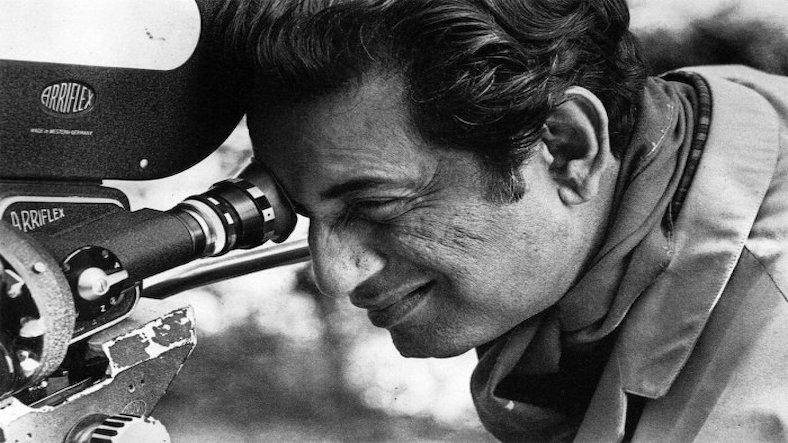Satyajit Ray (1921-1992) was an Indian filmmaker, screenwriter, music composer, graphic artist and author. He is widely regarded as one of the greatest filmmakers in the history of cinema and is credited with revolutionizing Indian cinema and introducing it to the international stage. Satyajit Ray's films are known for their artistic brilliance, realism and social commentary, portraying the complexities of human relationships and capturing the essence of Indian society.
Here are some key aspects related to Satyajit Ray and his contributions:
- The Apu Trilogy: Satyajit Ray's most renowned work is the Apu Trilogy, a series of films based on the novels of Bibhutibhushan Bandopadhyay. The trilogy consists of "Pather Panchali" (1955), "Aparajito" (1956) and "Apur Sansar" (1959). The films follow the life of Apu, a young boy growing up in rural Bengal and explore themes of poverty, family and personal growth. The Apu Trilogy garnered critical acclaim and established Ray as a significant figure in world cinema.
- Realism and Humanism: Satyajit Ray's films are characterized by their realistic portrayal of human emotions, relationships and social issues. He focused on capturing the everyday lives of ordinary people, presenting their joys, sorrows, hopes and struggles with great sensitivity and nuance. Ray's storytelling often highlighted the humanistic values of compassion, empathy and resilience.
- Cultural and Historical Context: Satyajit Ray's films were deeply rooted in the cultural and historical context of Bengal and India. He explored themes related to identity, tradition and social change, reflecting the social, political and economic realities of post-colonial India. Ray's films often depicted the clash between traditional values and the modern world, addressing issues such as caste, gender and societal inequalities.
- Aesthetic Excellence: Satyajit Ray's films were known for their aesthetic beauty and attention to detail. He had a keen eye for composition, lighting and cinematography, creating visually captivating frames. Ray's collaboration with renowned cinematographer Subrata Mitra played a crucial role in developing his distinctive visual style, marked by natural lighting and long takes.
- Awards and International Recognition: Satyajit Ray's contributions to cinema earned him numerous accolades and international recognition. He received several prestigious awards, including an Honorary Academy Award in 1992, recognizing his lifetime achievements in filmmaking. Ray's films were screened and honored at major film festivals worldwide, bringing global acclaim to Indian cinema.
Satyajit Ray's impact on world cinema is immeasurable. His artistic vision, storytelling prowess and ability to capture the nuances of human existence continue to inspire filmmakers and cinephiles around the world. Satyajit Ray's body of work stands as a testament to the power of cinema as a medium for social commentary, cultural preservation and artistic expression.
Thanks for reading the about this great personality on our peoples blog, for more such great people read our peoples blog articles.










